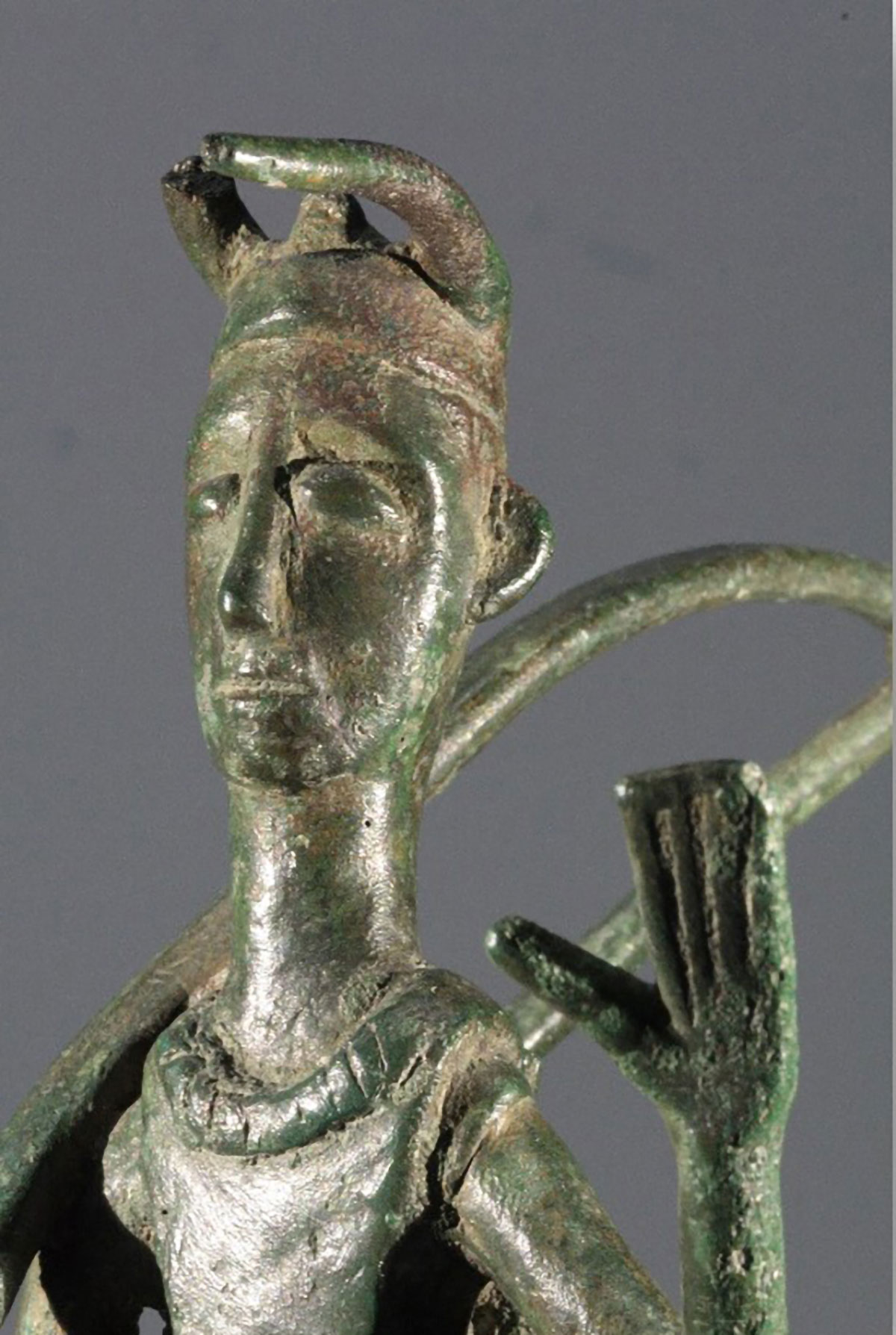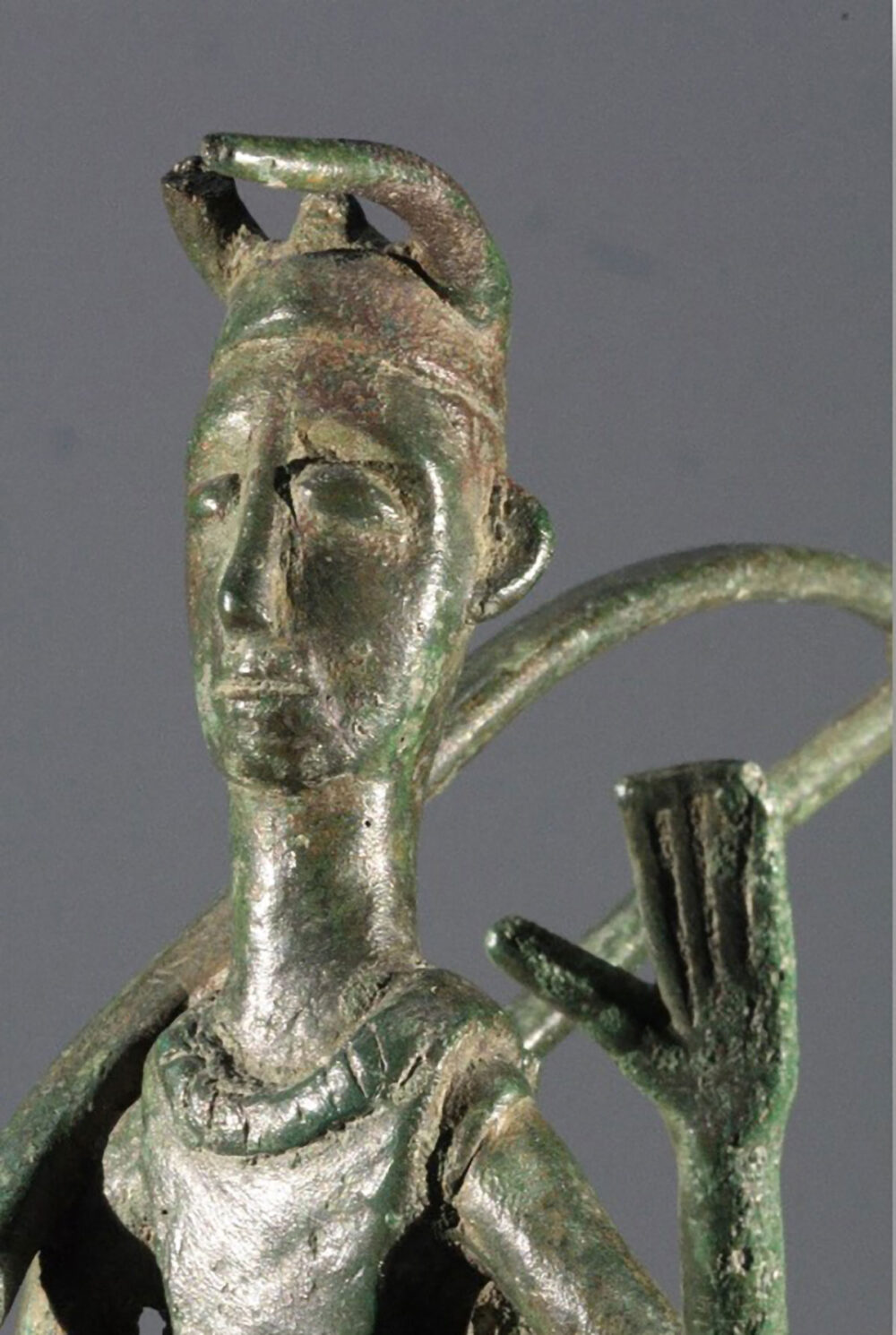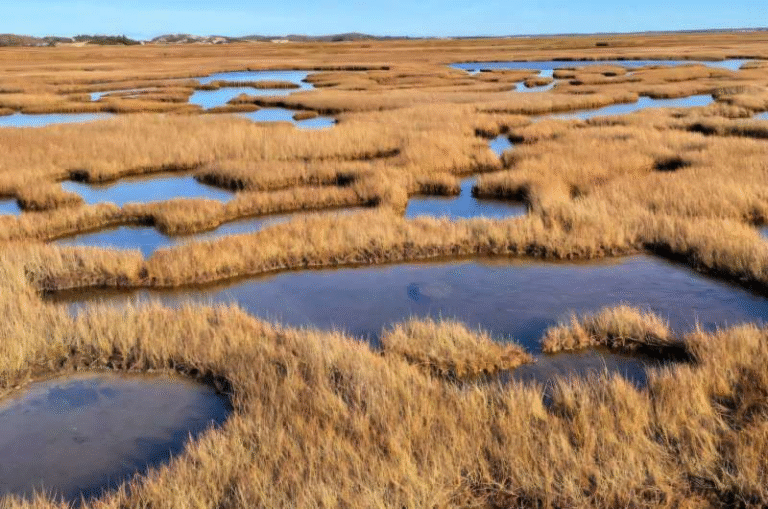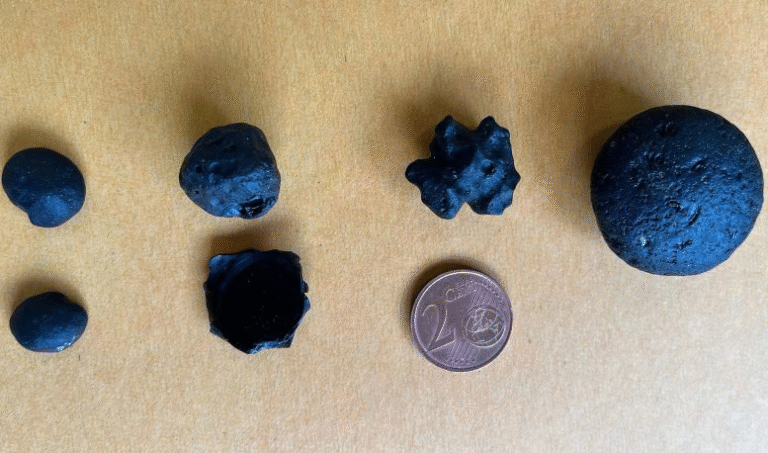Scientists Trace the Origins of Sardinia’s Mysterious Bronzetti Figures

For centuries, archaeologists and historians have been fascinated by Sardinia’s small bronze figurines, known as bronzetti. These statuettes, often depicting warriors with horned helmets, deities, and animals, are iconic remnants of the Nuragic culture, which thrived during the Bronze Age.
Despite their prominence in Sardinia’s archaeological record, one major mystery persisted: where did the metal used to make them come from?
Thanks to new research published in PLOS ONE, scientists have finally provided a detailed answer. Using advanced chemical techniques, they traced the copper and other elements in these figurines back to their sources. The results show a mix of local Sardinian copper and imports from the Iberian Peninsula, while also ruling out previously suspected regions like the Levant.
This study not only clarifies the bronzetti’s material origins but also reveals important insights into Bronze Age trade and cultural connections across Europe.

What Exactly Are Bronzetti?
The term bronzetti refers to small bronze statuettes, usually about 10–15 cm tall, that were crafted between 1000 and 700 BCE in Sardinia. They were most commonly found in sanctuaries, which indicates they played a role in ritual or symbolic practices. These figures represent warriors, chiefs, deities, animals, and even scenes from everyday life.
Among the most striking features are the horned helmets often seen on warrior figurines. These helmets strongly resemble designs known from Scandinavian Bronze Age finds, such as the famous Viksø helmets from Denmark. This similarity has led scholars to suggest possible cultural connections between Sardinia and northern Europe.
The bronzetti were not random crafts. Their production was consistent across different regions of Sardinia, pointing to a shared tradition and perhaps even centralized workshops. They also reflect a society deeply engaged in metallurgy and symbolism, combining artistic expression with political and religious meaning.
The Research Project: Metals & Giants
The new findings come from an international research effort called Metals & Giants, involving archaeologists, chemists, and heritage specialists. Scholars from the Curt-Engelhorn Center for Archaeometry in Mannheim, Aarhus University, and the Moesgaard Museum collaborated on the study.
The team examined 48 bronzetti figurines and fragments along with 3 copper ingots. These artifacts came from three of the largest Nuragic sanctuaries:
- Santa Vittoria di Serri
- Su Monte (Sorradile)
- Abini-Teti
Additionally, a few items from unidentified sites were included.
By choosing samples from sanctuaries across central Sardinia, the researchers could test whether metallurgical practices were localized or shared across the island. The results pointed toward remarkable uniformity, meaning the bronzetti tradition was widespread and consistent.
The Multi-Proxy Approach
What makes this study especially groundbreaking is the multi-proxy method applied. Instead of relying on a single form of analysis, the researchers combined multiple techniques to trace the metals:
- Trace-element composition – chemical fingerprints of the copper.
- Lead isotope analysis – useful for identifying ore sources.
- Copper isotope analysis – revealing subtle variations in local sources.
- Tin isotope analysis – key for determining the origin of the tin used in the bronze alloy.
- Osmium isotope analysis – a rarely used but powerful method for distinguishing ambiguous sources.
This combination created a highly detailed picture of where the metals came from, something that earlier studies had failed to establish with certainty.
The Results: Sardinia and Iberia
The findings were clear. Most of the copper in the bronzetti came from Sardinian mines, especially the Iglesiente-Sulcis district in the island’s southwest. The Sa Duchessa mine was identified as a particularly strong candidate for supplying the copper.
However, not all bronzetti were purely local. Some showed a mix of Sardinian and Iberian copper, particularly from regions like the Alcudia Valley and the Linares district in modern-day Spain. This mixing appears deliberate, possibly to alter color, texture, or durability of the bronze.
Just as significant was what the analysis ruled out. Despite earlier speculation, the bronzetti did not use copper from the Levant, such as Timna in Israel or Faynan in Jordan. Nor did they incorporate Cypriot copper, which was widely traded in the eastern Mediterranean.
What About Tin and Lead?
The bronzetti are made from bronze, an alloy of copper and tin, sometimes with traces of lead. Sardinia has its own tin and lead deposits, but surprisingly, these were not used in the bronzetti.
The isotopic analysis revealed that the tin in the figurines was imported, most likely from the Iberian Peninsula. This aligns with archaeological evidence showing long-distance trade in tin, which was a scarce and highly valued metal in the Bronze Age.
Lead, too, was not drawn from Sardinia’s deposits. The lack of local tin and lead suggests that while Sardinia was a major copper producer, it relied on international trade networks for the other essential ingredients of bronze.
Why This Matters
This research resolves a long-standing debate in Mediterranean archaeology. For decades, scholars questioned whether Sardinia’s bronzetti were the product of local resources or whether they relied heavily on imports. The answer is now clear: the figurines were primarily made from local copper, enriched by occasional Iberian input, and alloyed with imported tin.
This means Sardinia was not just a passive participant in Bronze Age trade. Instead, it was an active metal producer with export connections, while also importing materials it lacked. Such a model shows Sardinia as a hub of exchange in the western Mediterranean, linking its resources and craftsmanship to broader networks.
Connections Beyond the Mediterranean
One of the most fascinating aspects of the study is the stylistic link between the bronzetti and northern European artifacts. The horned helmets found on Sardinian figurines echo designs from Bronze Age Scandinavia. Archaeologists have drawn comparisons with carvings of warriors in Swedish petroglyphs and with ceremonial helmets like those found at Grevensvænge and Tanum.
This does not mean that Sardinians and Scandinavians were in direct contact, but it suggests the circulation of ideas, motifs, and symbols across vast distances during the Bronze Age. Metal trade networks likely facilitated not only the movement of resources but also the spread of cultural expressions.
The Role of Sanctuaries
The sanctuaries where bronzetti were found provide another clue to their meaning. These were not casual settlements but major religious centers. That bronzetti from Santa Vittoria di Serri, Su Monte, and Abini-Teti all show nearly identical metal origins indicates that the production of these figures was tied to ritual consistency.
The open-hand gestures, warrior poses, and carefully chosen weapon sets all reflect a shared symbolic system. The figurines were not merely decorative—they represented community identity, ritual offerings, and possibly even political authority.
Why Use Osmium?
A particularly interesting aspect of this study is the use of osmium isotopes. While lead isotope analysis is common in archaeometallurgy, it sometimes produces ambiguous results, especially when ore deposits overlap in their signatures. Osmium, being much less commonly studied, adds a new layer of precision.
This was crucial in ruling out Levantine copper. Without osmium analysis, some data could have been misinterpreted as pointing to Israel or Jordan. By adding this rare element into the analysis, the researchers eliminated false leads and strengthened the case for Sardinian and Iberian sources.
What This Means for the Bronze Age
In practical terms, this research shows that Sardinia was both self-sufficient in copper and connected to wider trade systems for tin and, to some degree, copper. This model reflects a complex economy where local production and international trade were interdependent.
For archaeologists, it also demonstrates the power of cross-disciplinary methods. By blending chemistry with archaeology, the team solved a puzzle that had persisted for years.
For the broader public, it offers a reminder that the Bronze Age was far more connected and dynamic than we might assume. Sardinia was not isolated—it was plugged into a world where metals, styles, and ideas traveled long distances.
Additional Context: The Nuragic Civilization
The Nuragic culture dominated Sardinia from about 1800 to 500 BCE. It is best known for its nuraghe, tower-like stone structures scattered across the island. These towers served as fortresses, religious centers, and symbols of power. Thousands still survive today, making Sardinia one of the richest archaeological landscapes in Europe.
The bronzetti are part of this broader cultural system. Together with the nuraghe, they tell a story of a society that valued metallurgy, symbolism, and community identity. Understanding their origins helps us see how Sardinia fit into the wider Bronze Age world.





